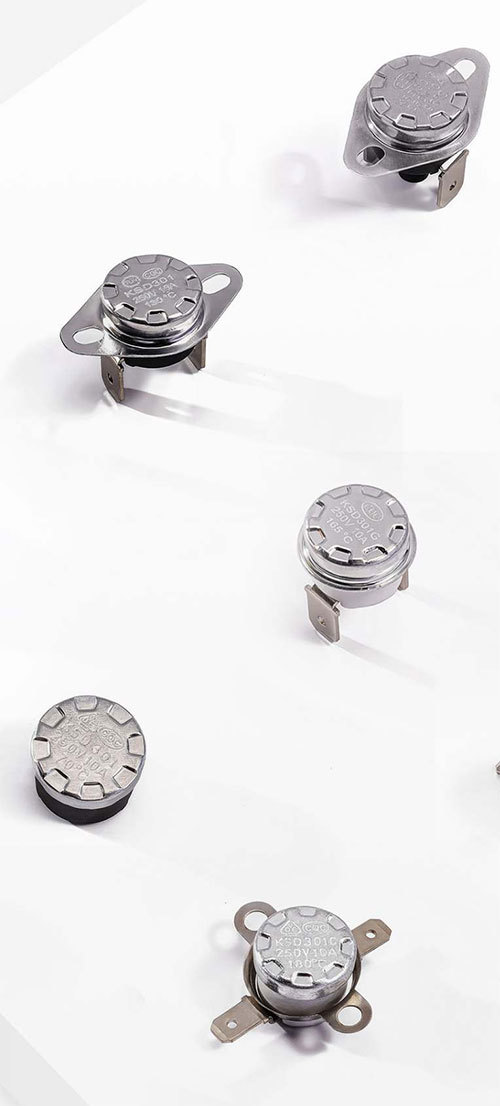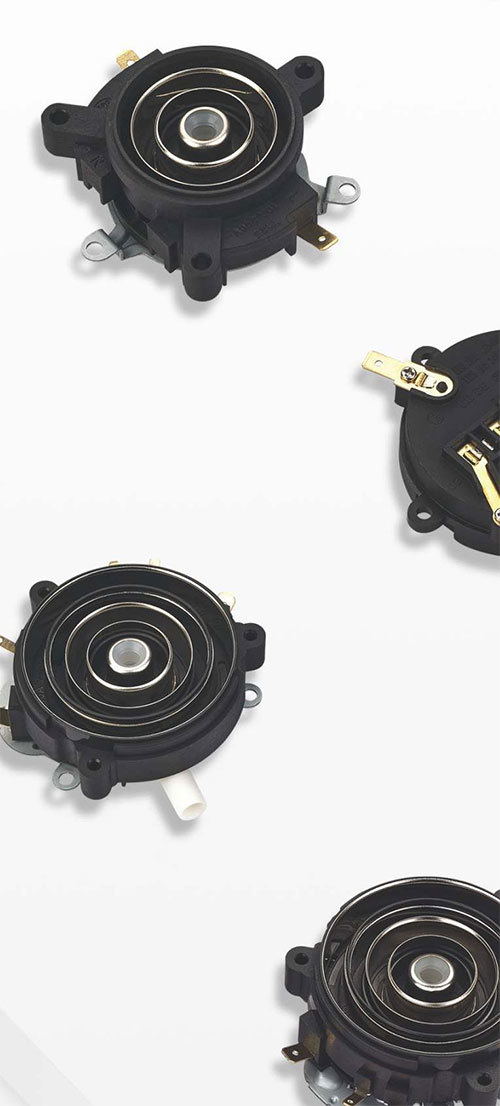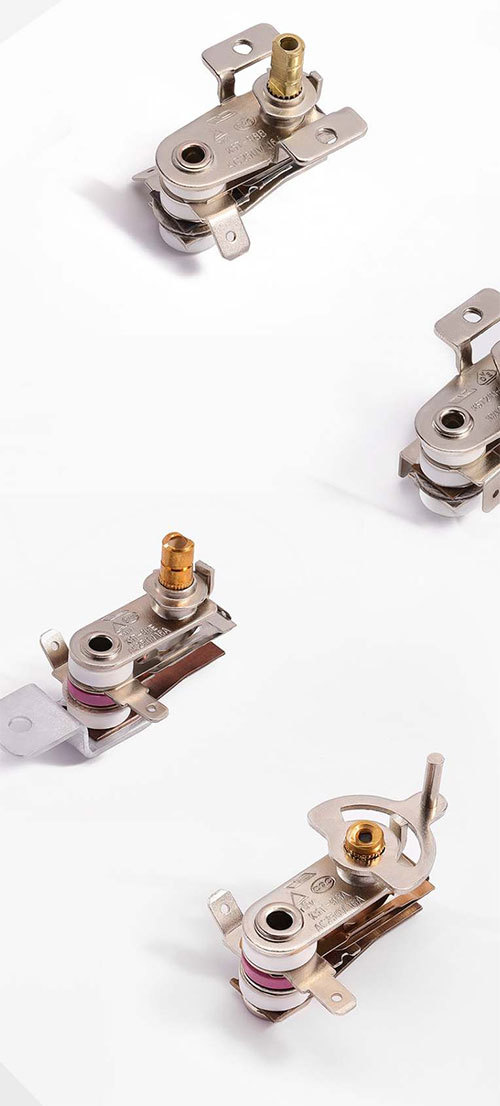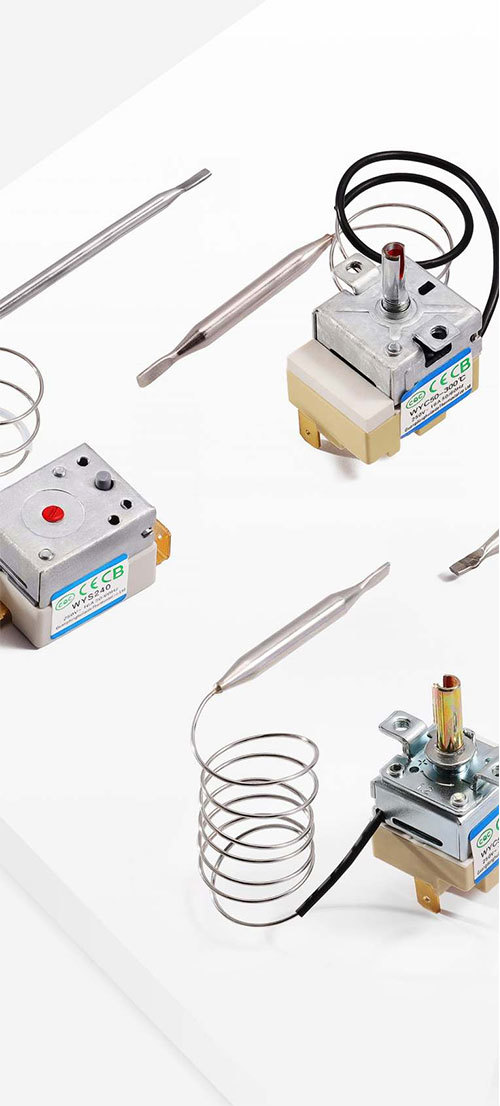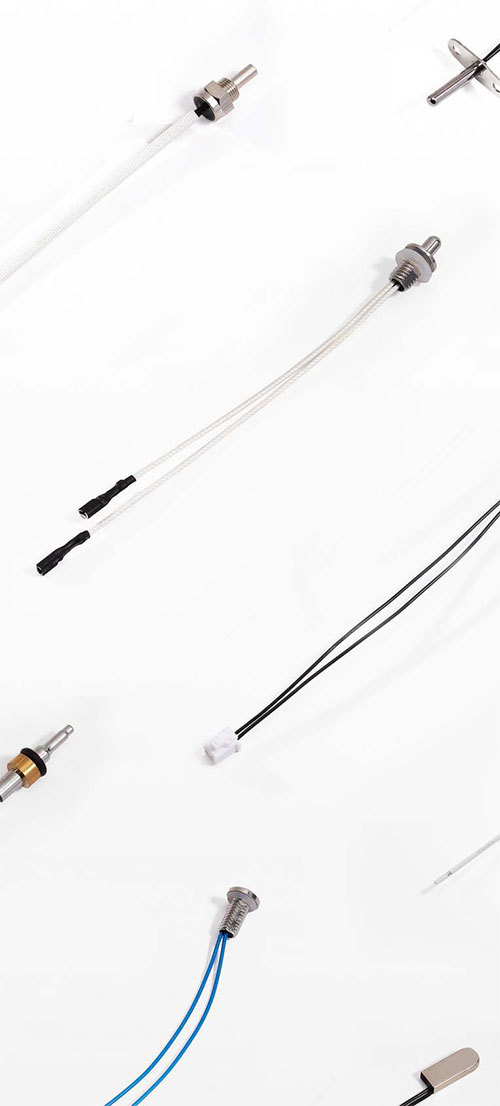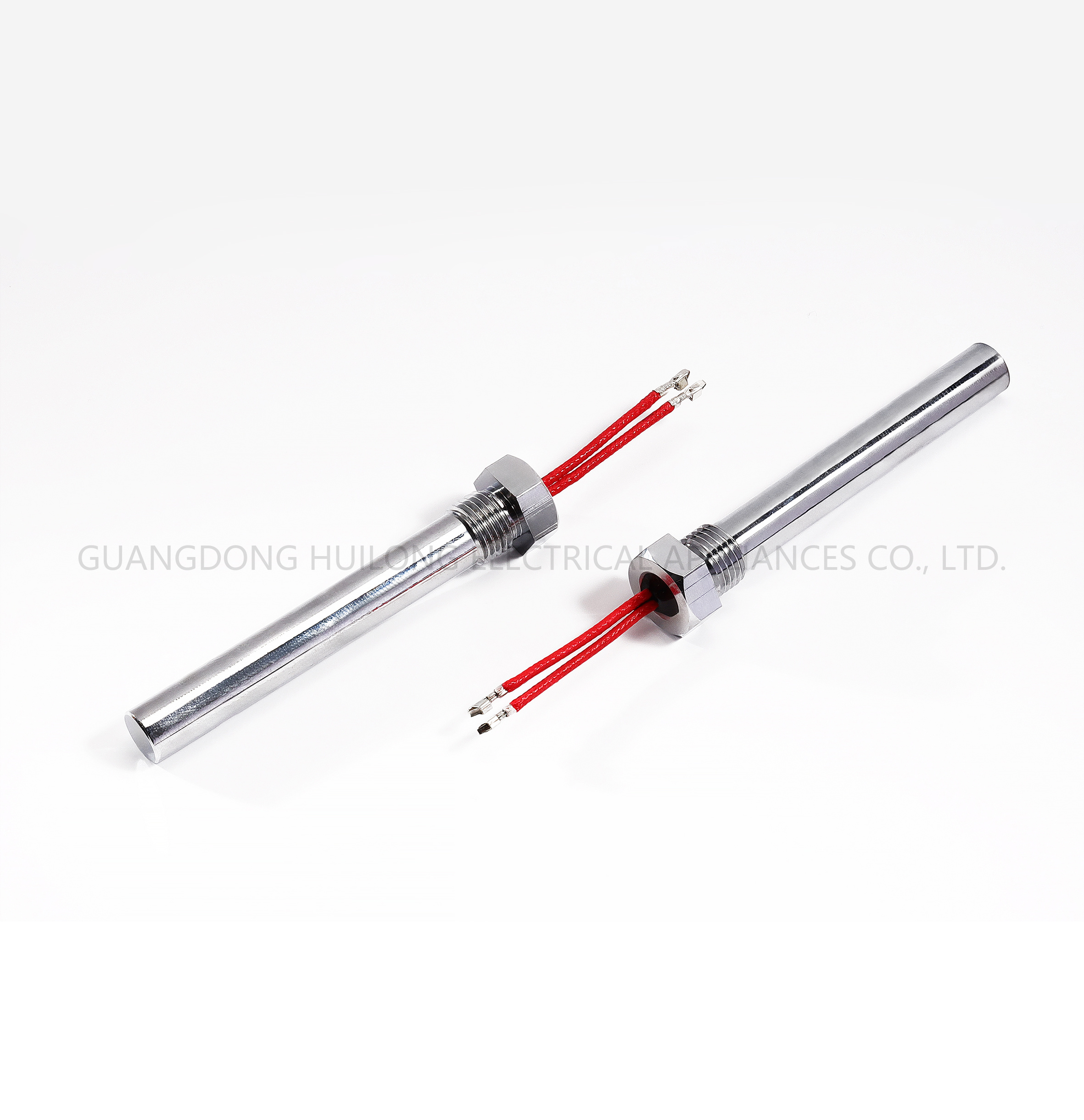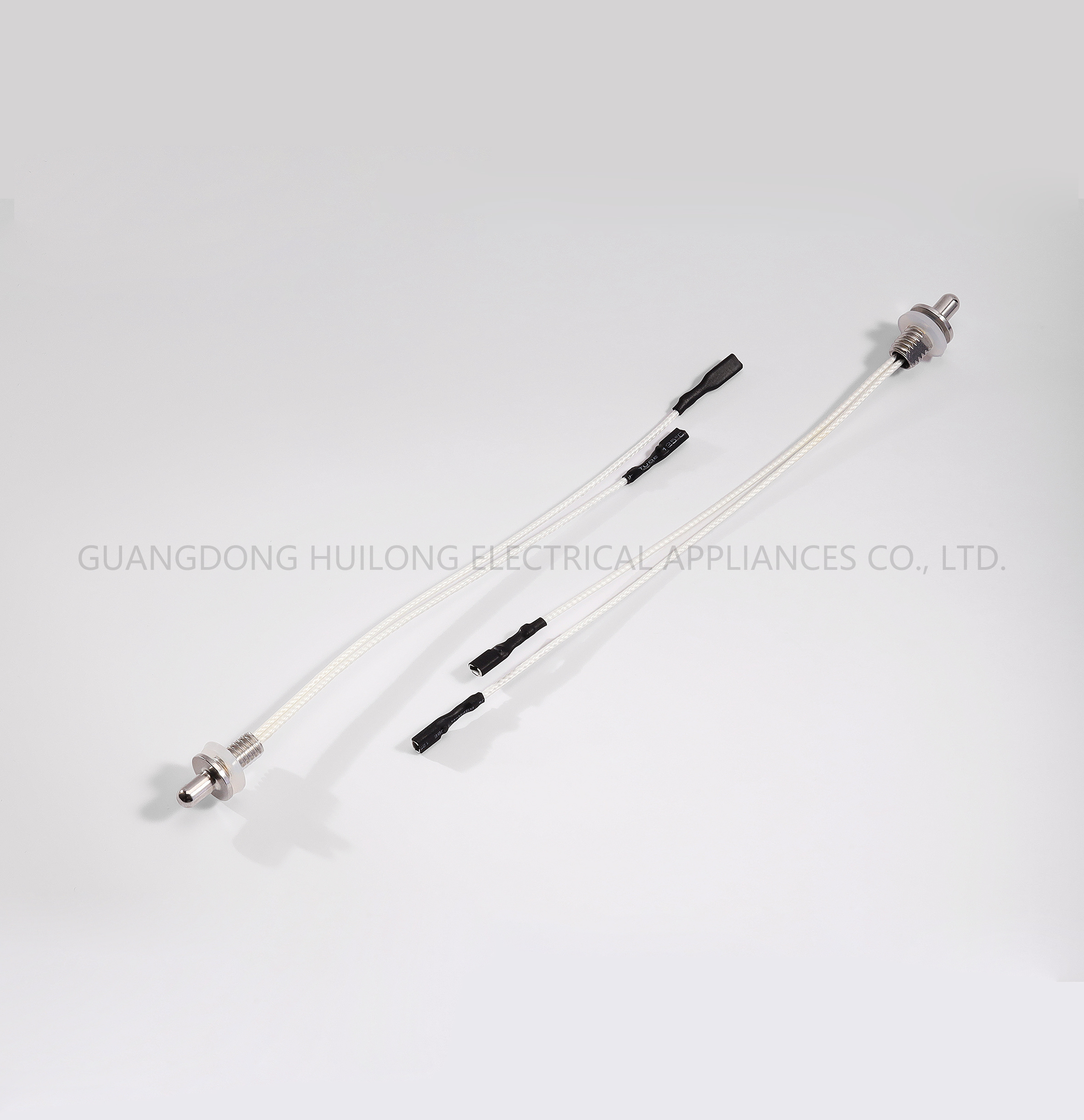Understanding the Role of the Engine Coolant Temperature Sensor in Vehicle Performance
Classification: knowledge
Time:2025-10-01
Located near the engine block, the ECT sensor detects the temperature of the coolant circulating through the engine. This information is sent to the engine control unit (ECU), which uses it to adjust various parameters for optimal performance. For instance, when the engine is cold, the ECU will enrich the fuel mixture to ensure efficient combustion. Conversely, as the engine warms up, the ECU adjusts the air-fuel mixture for improved efficiency and reduced emissions.
One of the primary functions of the ECT sensor is to help regulate the engine's cooling system. If the coolant temperature rises too high, the sensor signals the ECU to activate the radiator fan, helping to cool the engine down. This is crucial for preventing overheating, which can lead to severe engine damage. Additionally, an accurately functioning ECT sensor helps ensure the engine runs at its peak efficiency, which can improve fuel economy and reduce harmful emissions.
Faulty ECT sensors can lead to a multitude of problems. A malfunctioning sensor may send incorrect temperature readings to the ECU, resulting in poor engine performance, increased fuel consumption, and higher emissions. Symptoms of a defective ECT sensor may include rough idling, stalling, or even trouble starting the vehicle. Regular maintenance and diagnostics can help identify potential issues with the ECT sensor before they escalate.
In summary, the engine coolant temperature sensor is a critical element that affects various aspects of engine operation. By accurately monitoring coolant temperature, it plays a key role in optimizing fuel efficiency, ensuring engine longevity, and maintaining environmental standards. Understanding the importance of the ECT sensor can empower vehicle owners to take proactive measures in vehicle maintenance and ensure their engines operate smoothly and efficiently. Regular checks and timely replacements of the ECT sensor can prevent costly repairs and enhance the overall driving experience.
Keyword: Understanding the Role of the Engine Coolant Temperature Sensor in Vehicle Performance
RELATED INFORMATION
Maximizing Energy Efficiency: The Critical Role of Temperature Controllers with Sensors
Maximizing Energy Efficiency: The Critical Role of Temperature Controllers with Sensors Table of Contents 1. Introduction to Energy Efficiency in Buildings 2. What Are Temperature Controllers? 2.1 Types of Temperature Controllers 2.2 How Temperature Controllers Work 3. The Importance of Sensors in Temperature Control 3.1 D
2025/10/22
Temperature controllers with sensors play a pivotal role in modern building management systems, particularly in the construction and decorative materials sector. These devices are designed to monitor and regulate the temperature within a specific environment, ensuring optimal conditions for both occupants and materials. By integrating advanced sensor technology, these controllers provide precise t
2025/10/15


